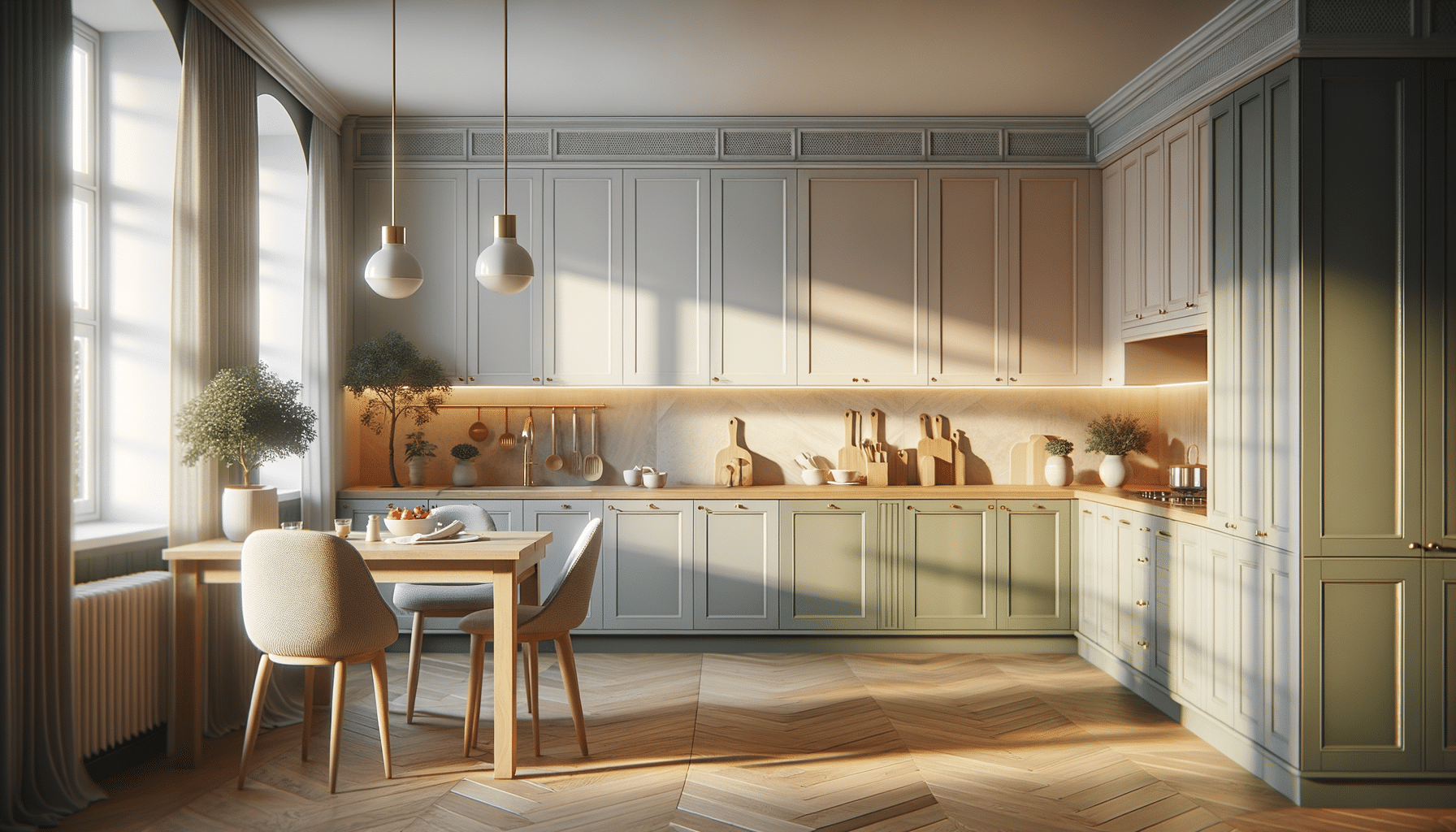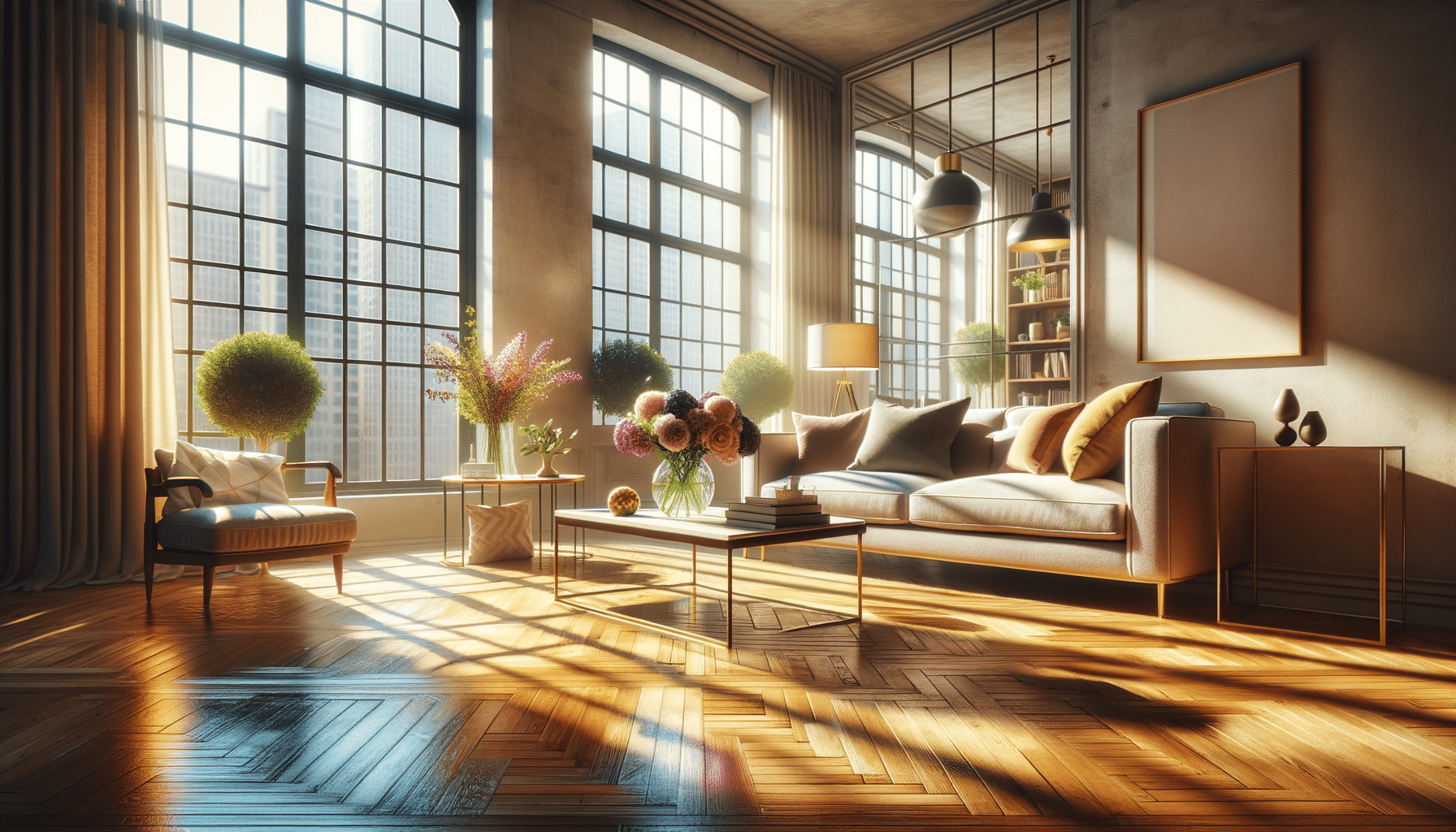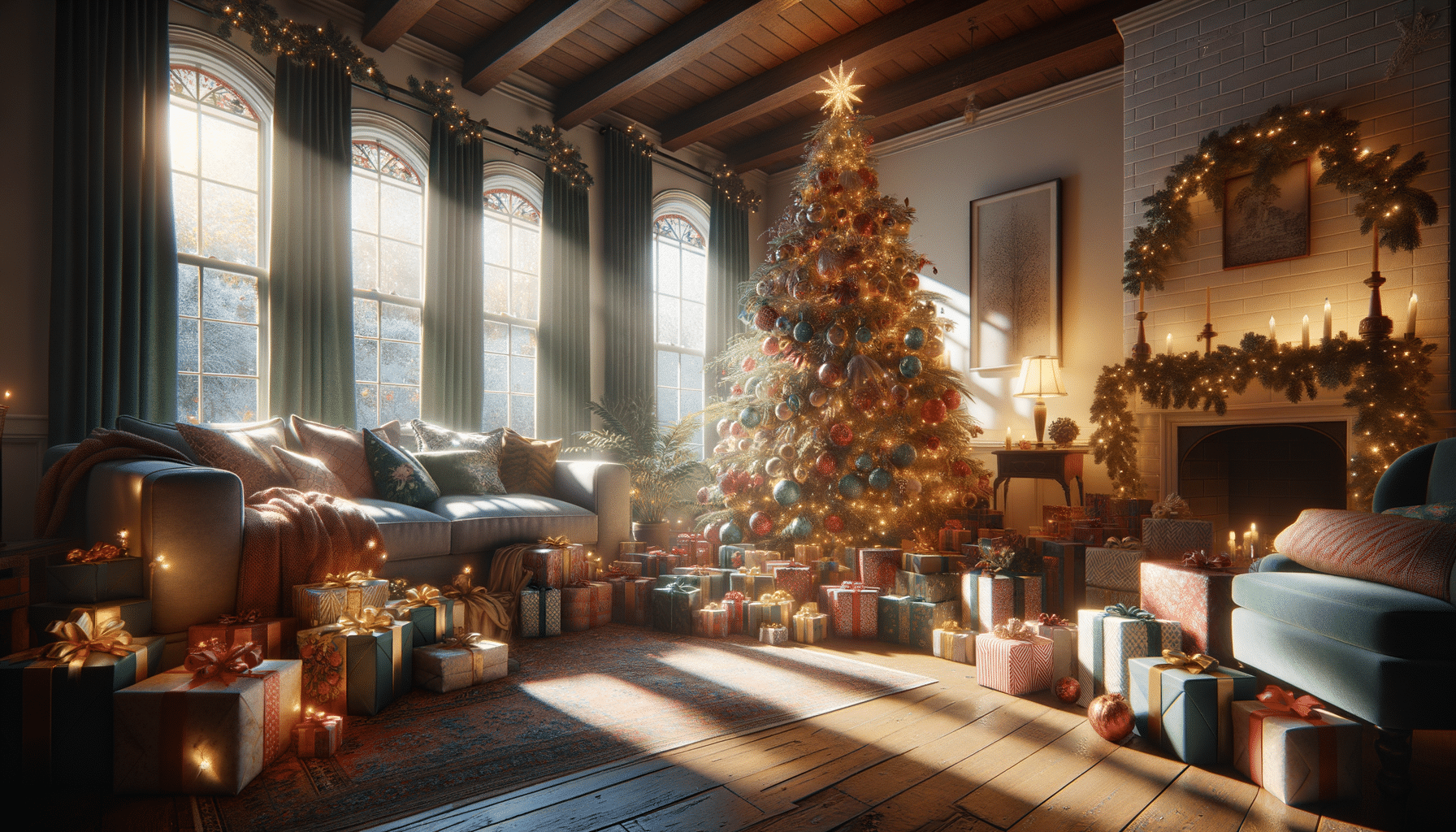
What cabinet colors will make your kitchen look bigger?
Introduction to Kitchen Cabinet Colors
When it comes to kitchen design, the color of your cabinets plays a pivotal role in shaping the overall ambiance and perception of space. Choosing the right cabinet colors can make a significant difference, especially if you have a small kitchen. The right hues can create an illusion of space, making your kitchen look larger and more inviting. This article explores various cabinet color schemes that can help you achieve this effect.
The Impact of Light Colors
Light colors, such as whites, creams, and light grays, are known for their ability to reflect light, which can make spaces appear larger. These colors create an airy and open feel, which is crucial in smaller kitchens. White cabinets, for instance, can seamlessly blend with walls and ceilings, eliminating visual barriers and expanding the room’s perceived size.
In addition to their space-enhancing qualities, light-colored cabinets offer a timeless and versatile aesthetic that can complement various styles, from modern to traditional. This adaptability makes them a popular choice among homeowners looking to maximize their kitchen’s potential.
- Reflective surfaces amplify natural and artificial light.
- Neutral tones provide a clean and cohesive look.
- Light colors are adaptable to different kitchen styles.
Exploring Soft Pastels
Soft pastel colors, such as mint green, light blue, and blush pink, can add a touch of personality to your kitchen while still maintaining a sense of spaciousness. These colors are subtle yet distinct, offering a gentle pop of color without overwhelming the space.
Pastels are particularly effective in kitchens with ample natural light, as they can enhance the room’s brightness and warmth. Additionally, pastel cabinets can be paired with neutral or light-toned countertops and backsplashes to create a harmonious and inviting kitchen environment.
- Pastels add a hint of color without dominating the space.
- They pair well with other light and neutral elements.
- Soft hues enhance natural light and create a cheerful ambiance.
Incorporating Two-Tone Designs
Two-tone cabinet designs offer a creative approach to kitchen remodeling, allowing you to experiment with different colors while maintaining a spacious feel. A popular technique is to use lighter colors for upper cabinets and slightly darker shades for lower cabinets. This strategy draws the eye upward, creating an illusion of height and space.
When selecting colors for a two-tone design, consider complementary shades that work well together. For example, pairing a soft gray with a crisp white can add depth and dimension to your kitchen, enhancing its overall appearance without sacrificing the sense of openness.
- Two-tone designs add visual interest and depth.
- Light upper cabinets create a sense of height.
- Complementary colors ensure a cohesive look.
Conclusion: Choosing the Right Cabinet Colors for Your Kitchen
In conclusion, selecting the right cabinet colors is essential for creating an open and inviting kitchen, particularly in smaller spaces. Light colors, soft pastels, and two-tone designs each offer unique benefits that can enhance the perception of space in your kitchen. By carefully considering your color choices, you can transform your kitchen into a more spacious and welcoming environment.
Whether you prefer the classic appeal of white cabinets or the subtle charm of pastels, the key is to choose colors that reflect light and complement the overall design of your kitchen. With the right approach, you can make your kitchen look bigger and brighter, enhancing both its functionality and aesthetic appeal.


